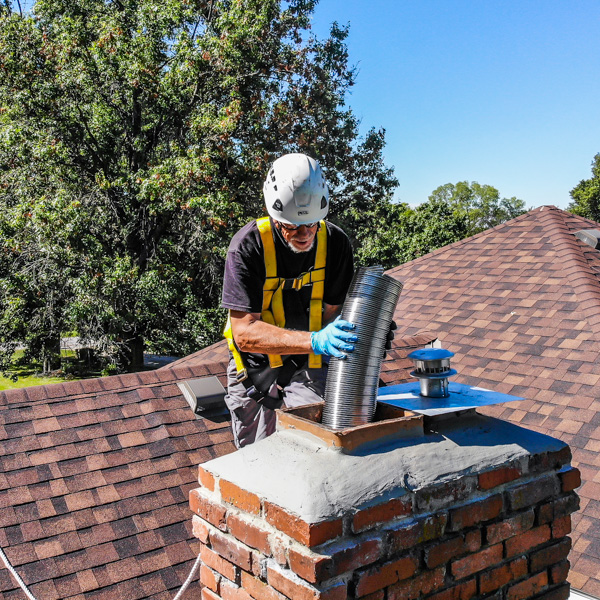Why You Need a Professional Chimney Cleaning
Can homeowners sweep their chimneys on their own? It may seem like a simple task, and essentially it can be done, but there are a few risks you will run into if you attempt to do it yourself. Choosing a reputable company with certified technicians will ensure that you get it done safely and quickly.
At Best Chimney Services we have a qualified team of chimney professionals that are eager to help you. We have extensive experience with chimneys, including repairs, masonry work, inspections, cleaning, and more. For additional information or to get started, click here or dial (781) 893-6611.
When considering hiring a professional vs. doing it yourself, keep the following things in mind:
Safety
Sweeping chimneys can be dangerous, especially for those who lack proper training and equipment. Specific safety precautions must be taken when working at heights, climbing rooftops, and handling the byproducts of combustion. Professional chimney technicians have the tools and necessary training to complete the task properly, so that you know that your chimney is safe to use.
 Expertise
Expertise
Professional chimney technicians have a great deal of experience working with different kinds of fireplace systems and chimneys. They know how a chimney works, including the intricacies involved in chimney building, ventilation, and potential chimney problems that may arise. Their knowledge allows them to spot issues, provide recommendations to make sure the chimney is properly swept and operating at its best.
Thorough Cleaning
Effective chimney sweeping requires more than just clearing the flue of soot and debris. Professional chimney technicians use specialized equipment and methods to access the firebox, smoke chamber, damper, and chimney cap, among other areas of the chimney system. With more advanced techniques, we can get rid of stubborn buildup and guarantee that the entire chimney is clear of obstructions.
Time & Convenience
For people with no training or knowledge of chimney maintenance, it can take a lot of time. Getting a professional chimney sweeping will save you time, effort and stress. Professional chimney technicians can also plan recurring maintenance visits, so you won’t have to worry about keeping track of when the chimney needs to be cleaned.
Compliance with Regulations
There may be unique codes and regulations controlling the maintenance and cleaning of chimneys depending on where you live. We recommend checking to see if a company has CSIA-certified chimney technicians before hiring anyone. CSIA-certified chimney technicians are trained experts that inspect, clean, and maintain chimneys and venting systems in homes and businesses. They aid in the prevention of hazards like chimney fires, carbon monoxide leaks, and other problems associated with the use of fireplaces, wood stoves, and other heating appliances.
 Inspection & Maintenance
Inspection & Maintenance
An inspection of the chimney system is required to be part of a professional chimney sweeping service. They can spot structural problems, evidence of damage, or possible dangers that could need fixing. You can save money in the long run with peace of mind by taking care of these issues as soon as they arise.
While doing your own chimney sweeping could seem like a cost-effective choice, it’s crucial to weigh the risks and the benefits. The comfort and safety aspect that comes with a thorough sweeping and inspection by a professional chimney technician is priceless and helps maintain the longevity and efficiency of your chimney system.
 Contact Best Chimney Services for Your Professional Chimney Cleaning
Contact Best Chimney Services for Your Professional Chimney Cleaning
With more than 30 years of experience, Best Chimney Services is happy to help address any chimney need you may have. To schedule your cleaning or to ask questions, dial (781) 893-6611 or click here.
The post Why You Need a Professional Chimney Cleaning appeared first on Boston's Best Chimney.
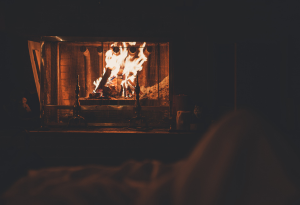 Things to Look Out For When Using Your Fireplace In the Summer
Things to Look Out For When Using Your Fireplace In the Summer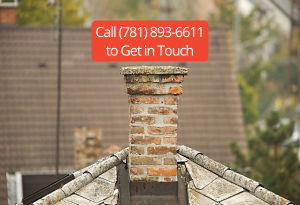 Energy Efficiency Considerations
Energy Efficiency Considerations Learn More Chimney Tips and Get Chimney Services from Best Chimney Services
Learn More Chimney Tips and Get Chimney Services from Best Chimney Services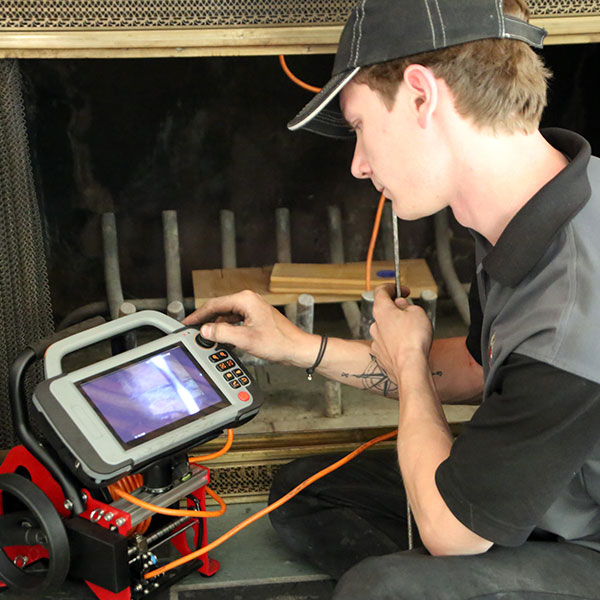 When to Call in a Professional
When to Call in a Professional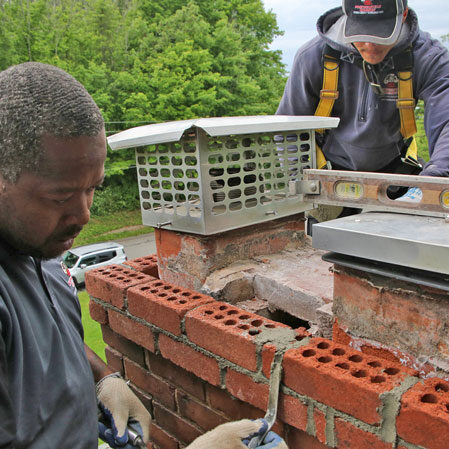
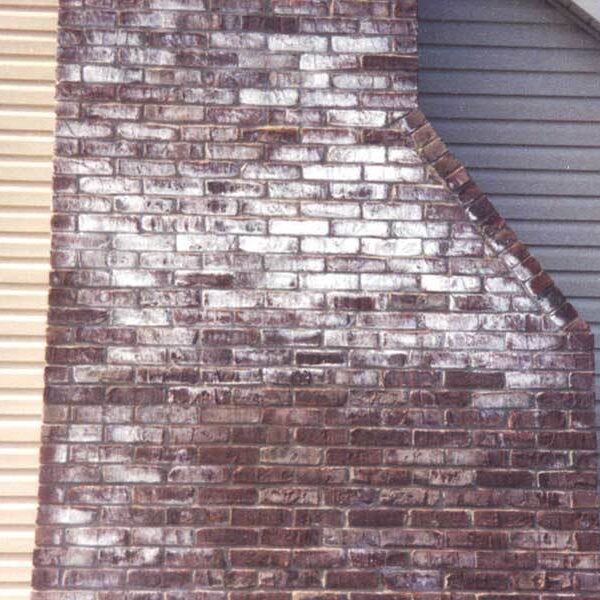 What is efflorescence?
What is efflorescence?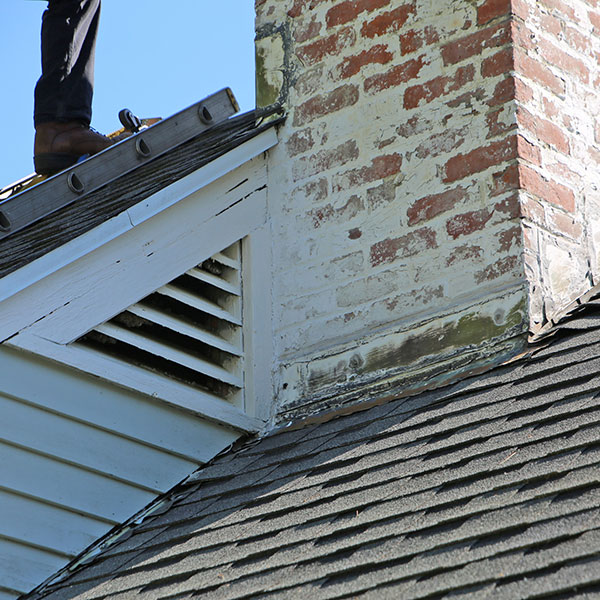
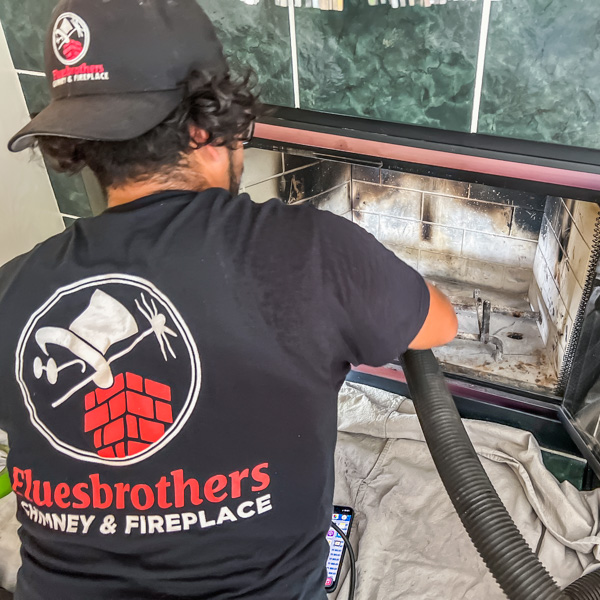 Clogged Flue
Clogged Flue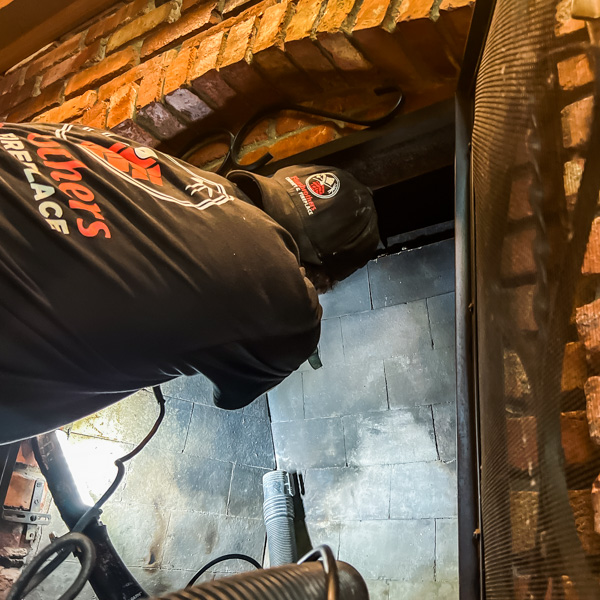 Kansas City Chimney & Fireplace Repairs
Kansas City Chimney & Fireplace Repairs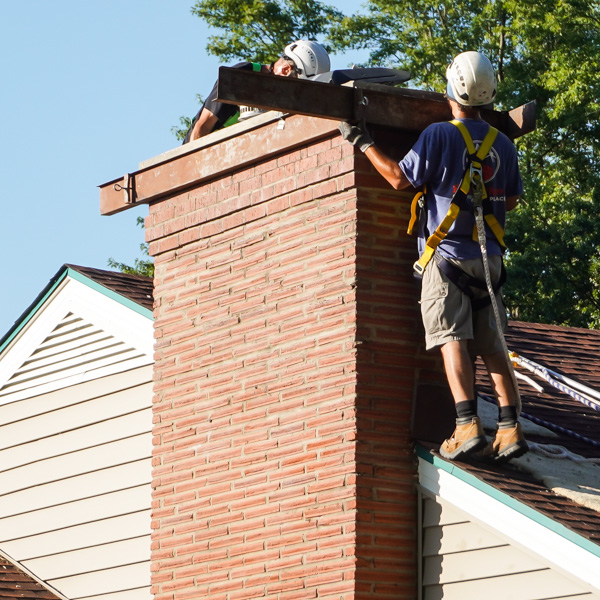 Drier Weather
Drier Weather